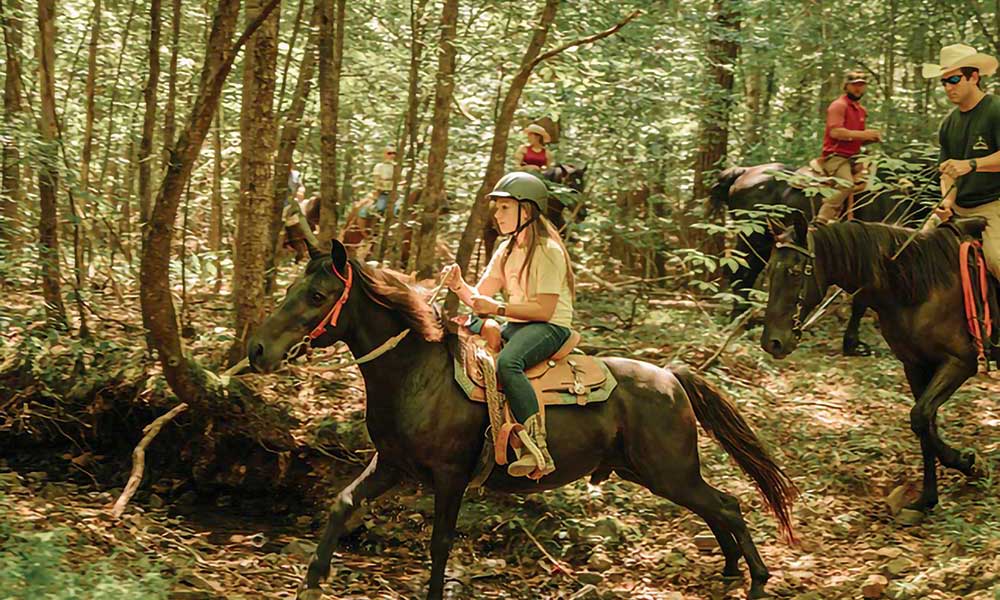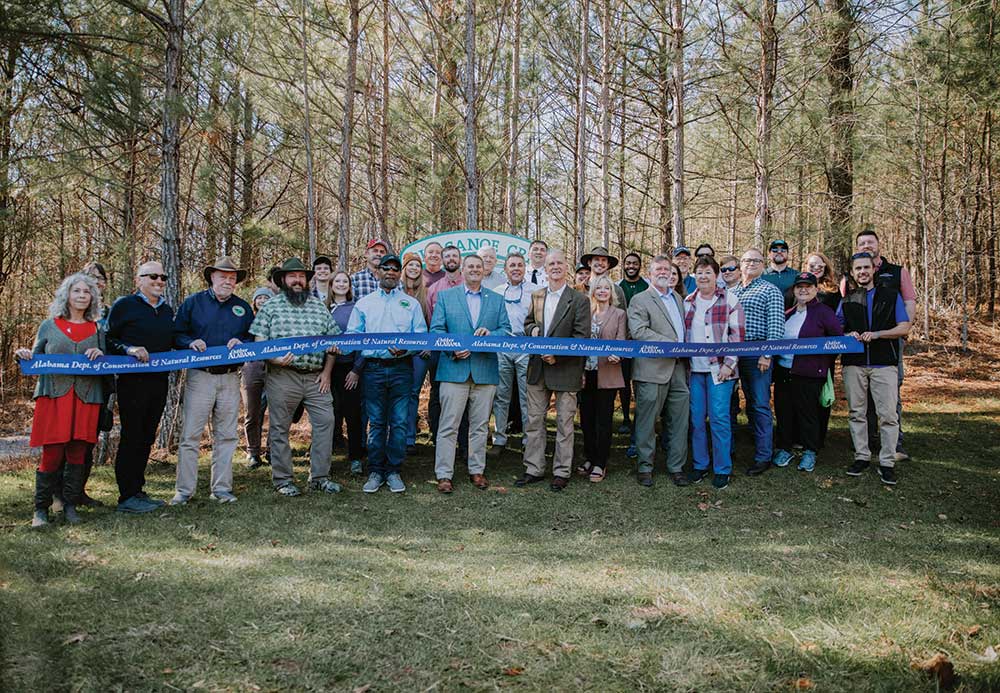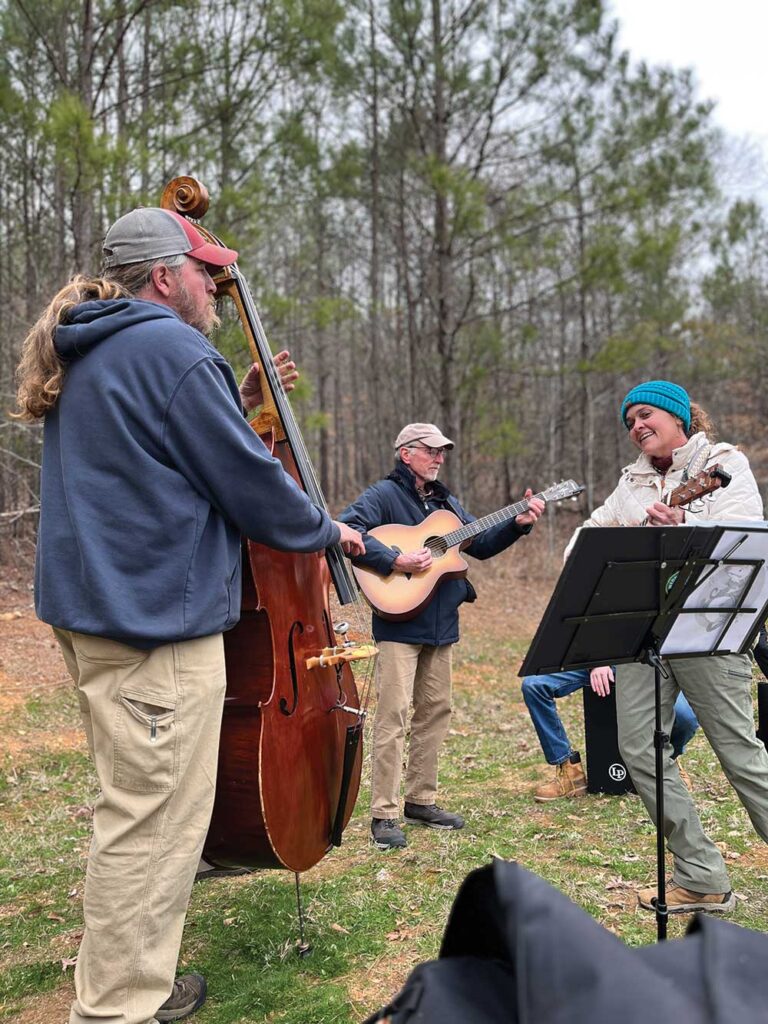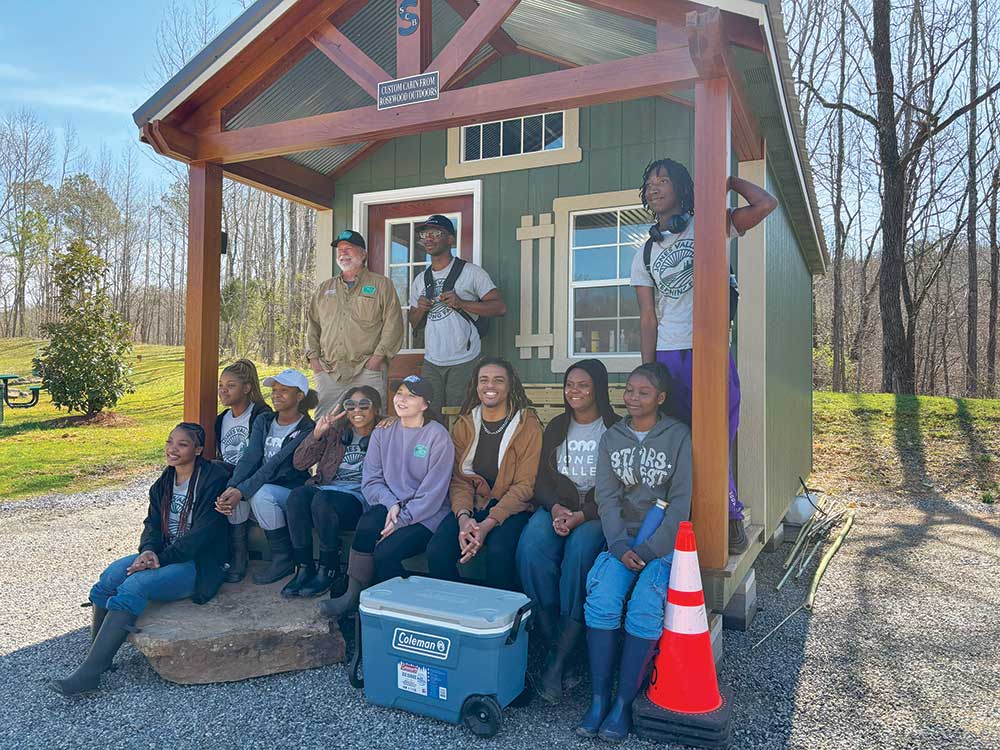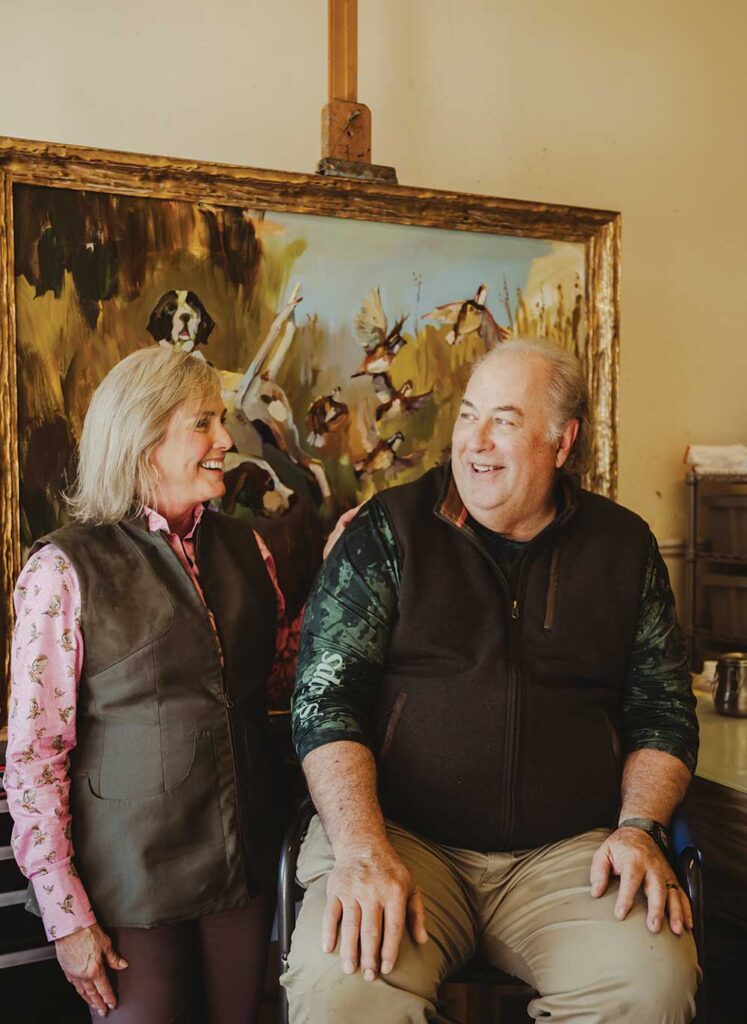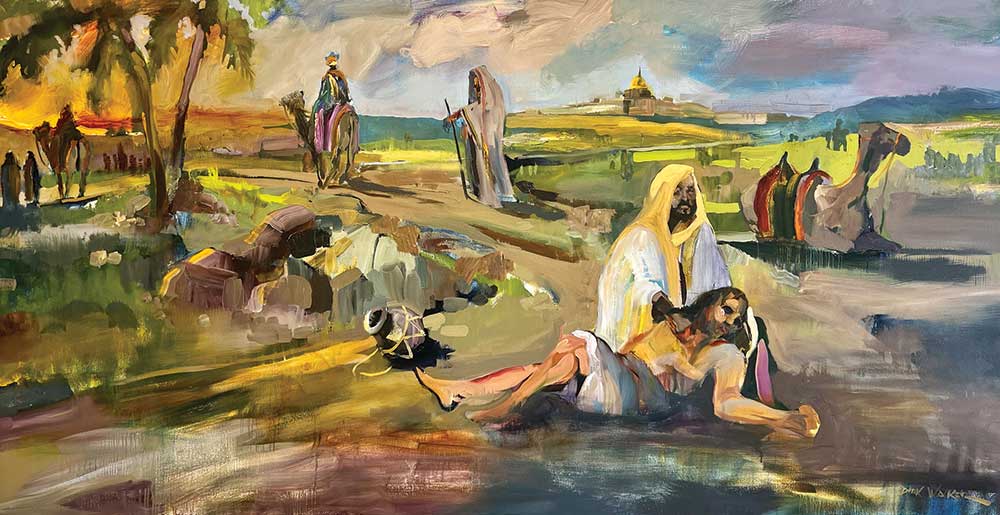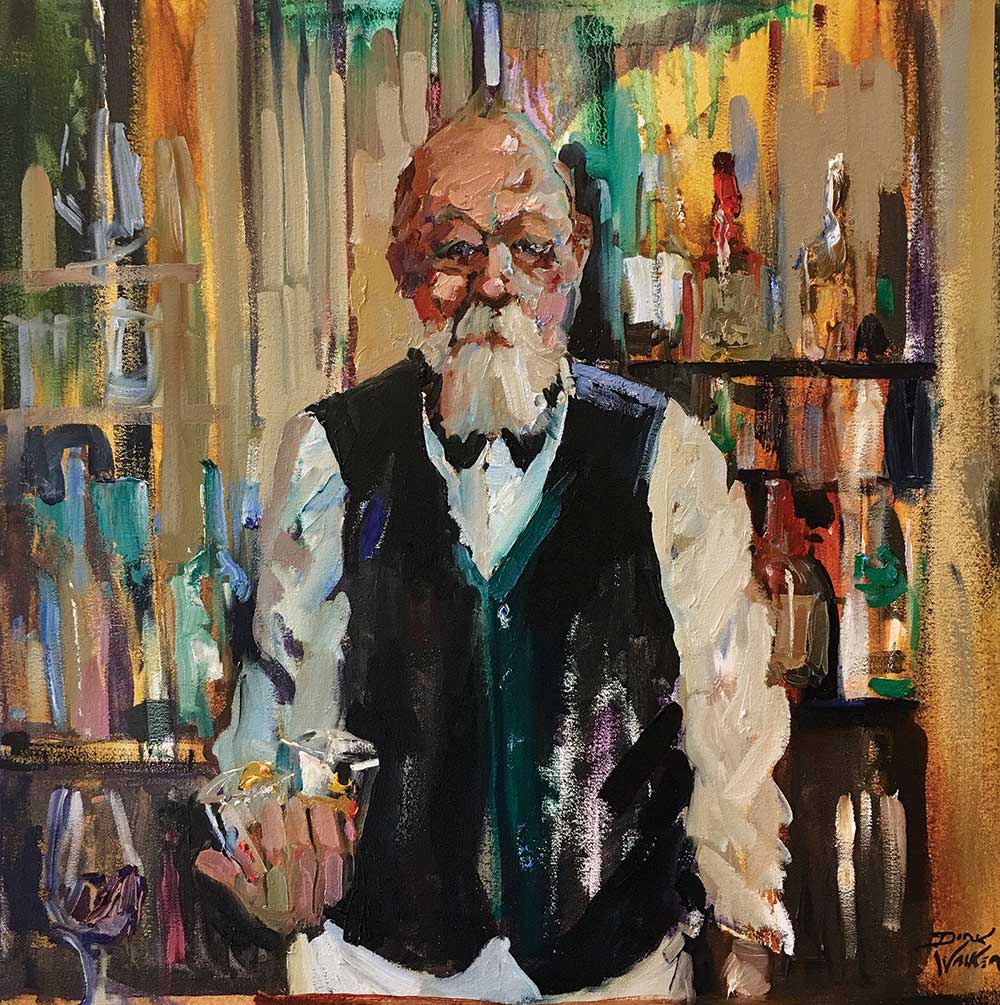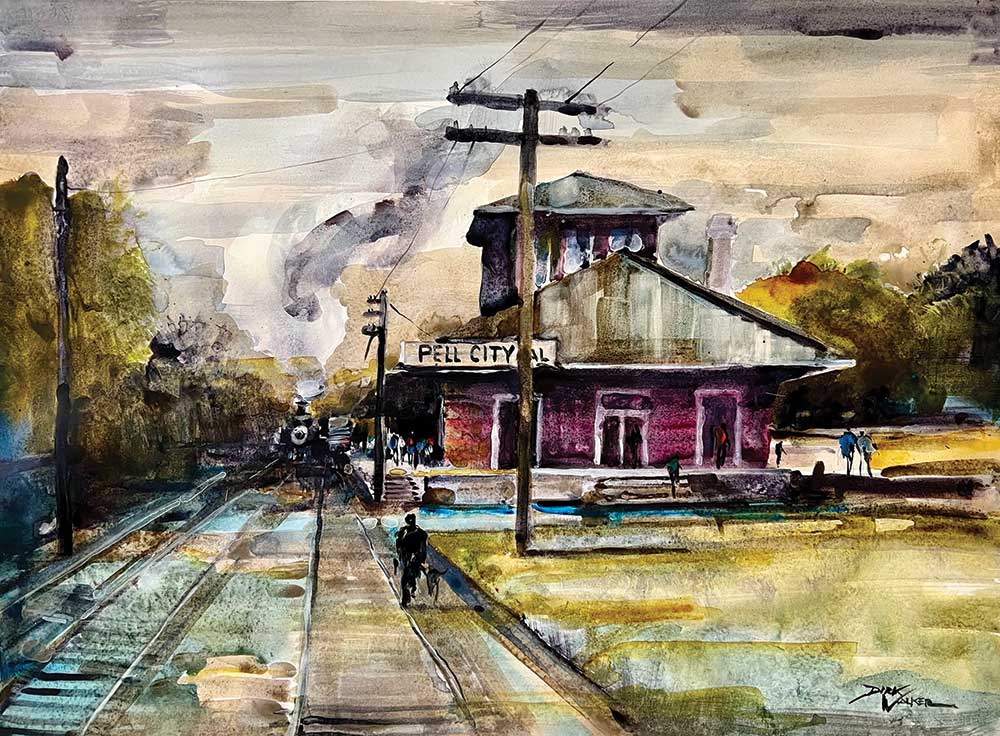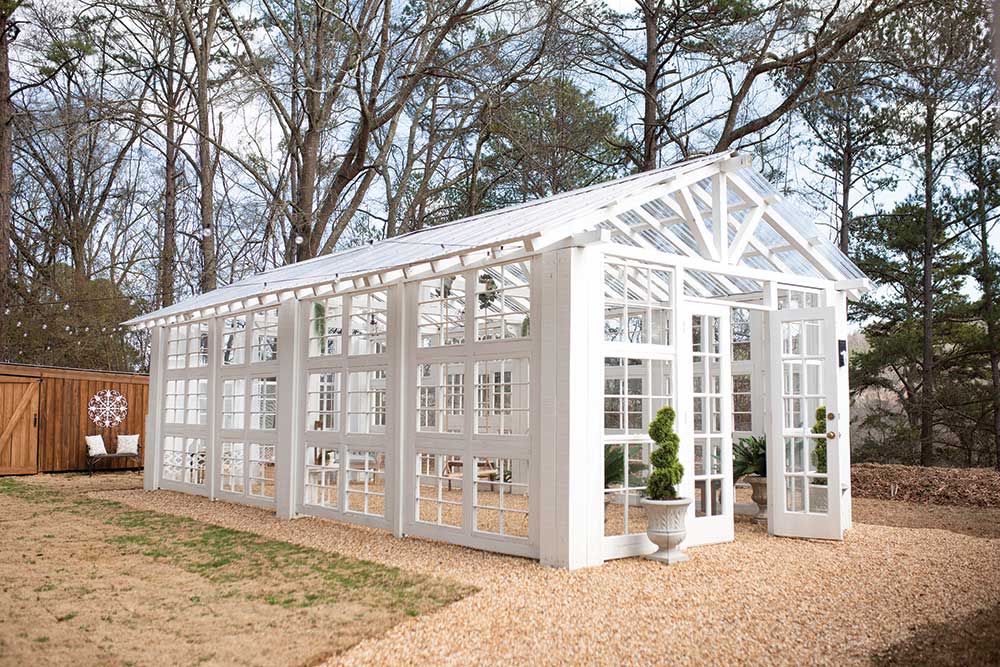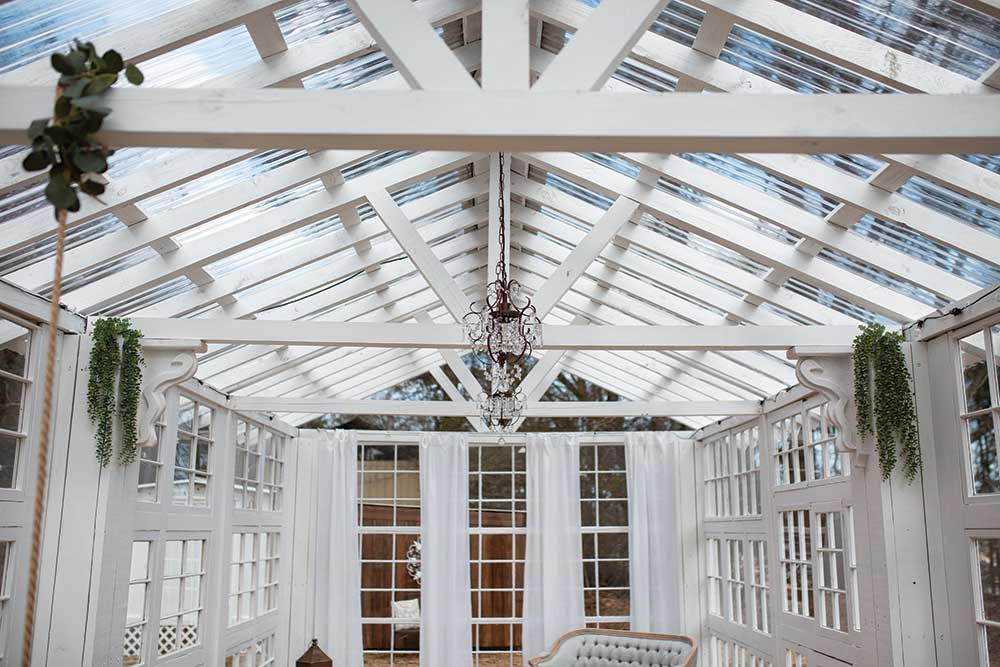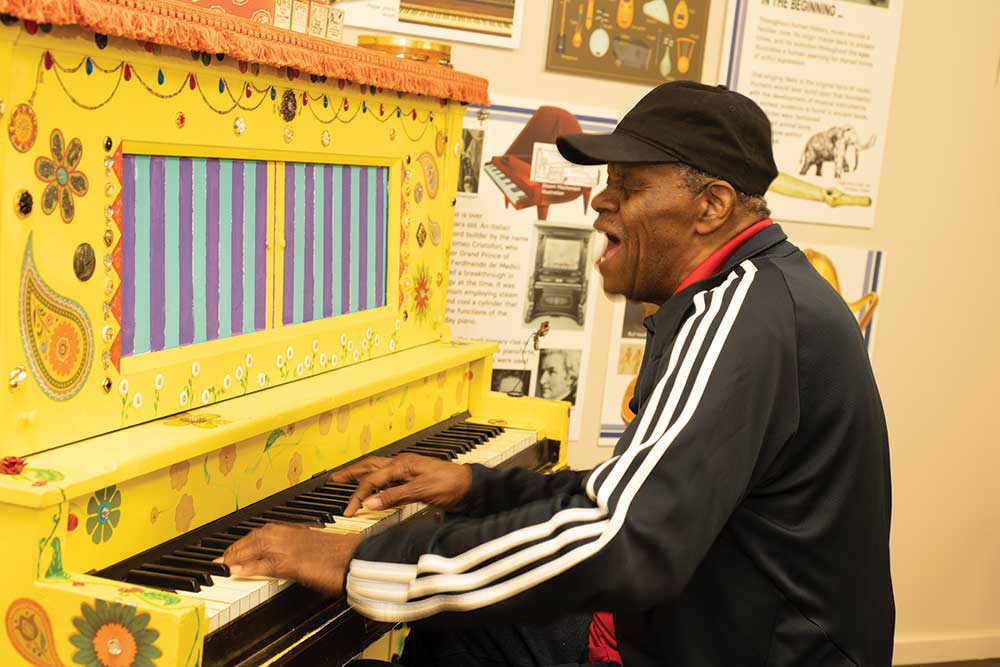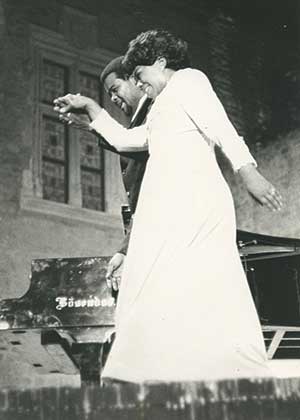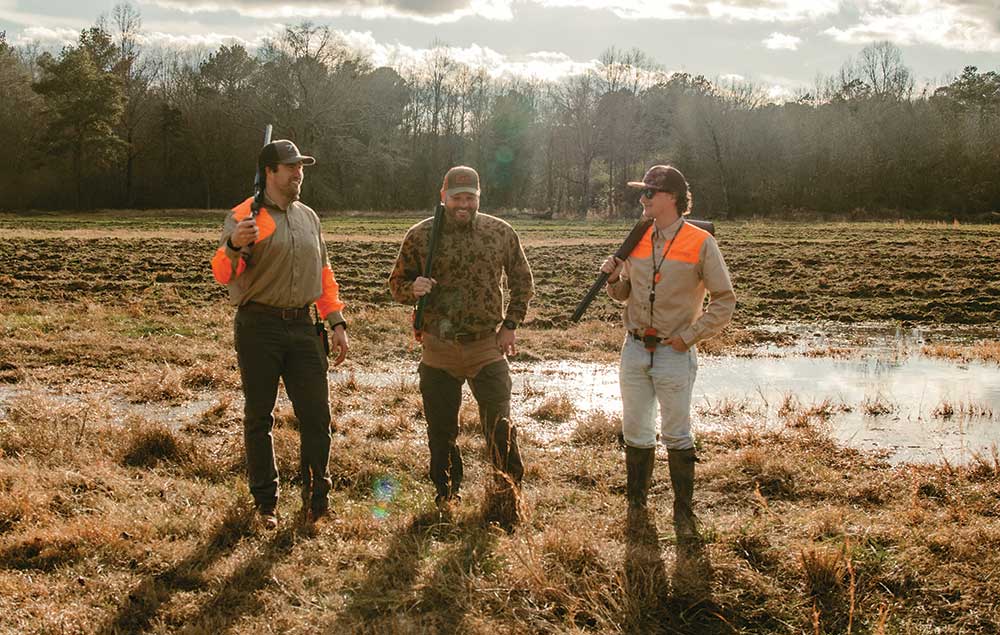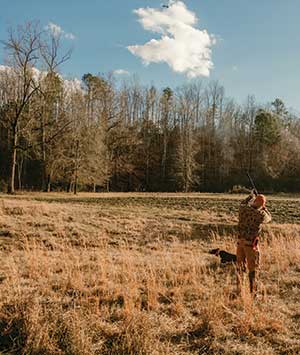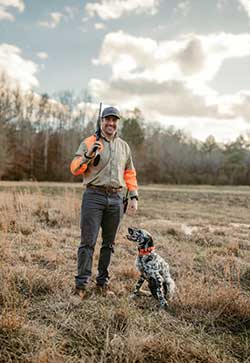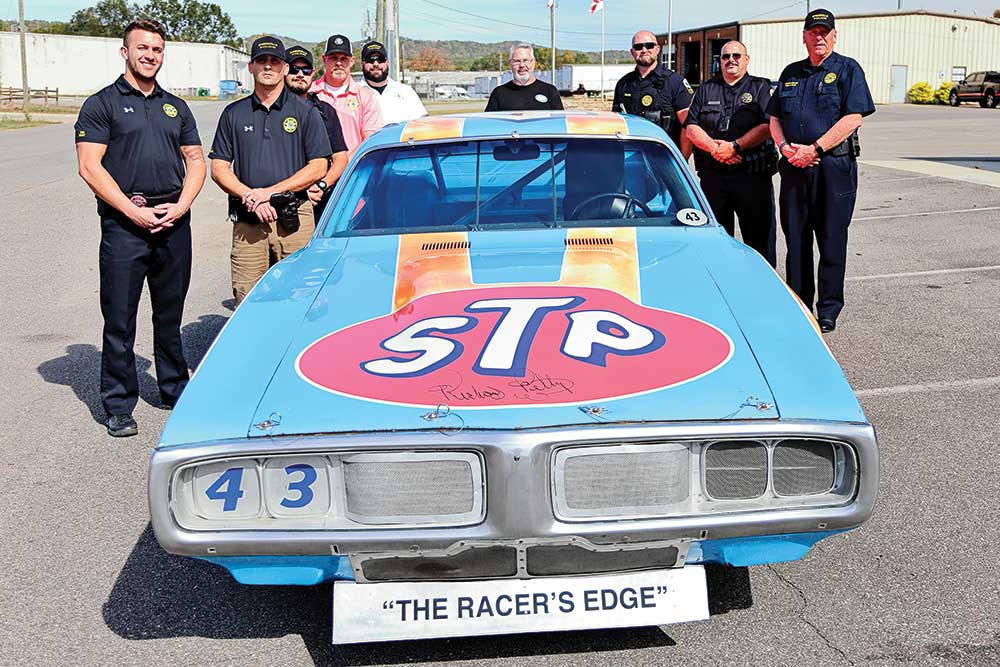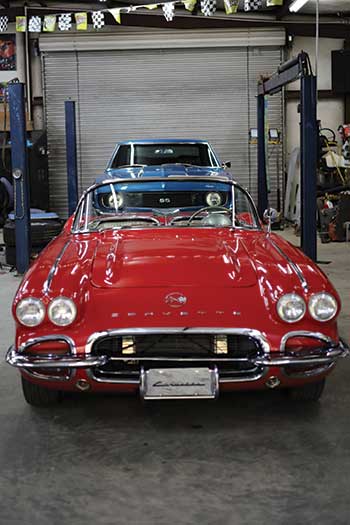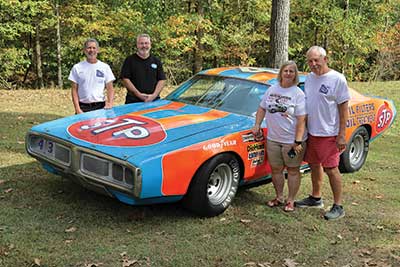Celebrating a first year of great success
Story by Carol Pappas
Submitted and staff photos
It’s hard to imagine that Big Canoe Creek Nature Preserve is celebrating its first birthday already. It was more than a decade in the making, and it sometimes seemed that opening day would never arrive.
But it did. On Feb. 3, 2024, 731 people streamed in, and the crowds haven’t stopped. Over 400 attended the grand opening, ribbon cutting ceremony the day before. And the numbers since that time have not only climbed, they show no signs of slowing.
In the first year of operation, 13,000 people, an average of 1,100 a month, have visited the preserve – 422 acres of nature nestled in the city of Springville, whose population is just a little over 5,000, according to the latest census.
Its hiking, biking, birding and horseback riding trails wind their way beneath towering canopies of hardwoods, pine and maple trees with colorful palettes of flowers and diverse native plants marking the paths as if guiding the way.
A meandering creek, pristine as it flows through the heart of it all, is the ideal centerpiece – home to aquatic species – some not found anywhere else.
As Big Canoe Creek Nature Preserve Manager Doug Morrison says, it’s the perfect place to “get your nature on.”
Early days
On an unseasonably warm day in late February, Morrison sits on the porch of the preserve office – a tiny wooden building, almost cabin-like in its appearance. He reminisces as he motions to the trails, bioswale and parking, surrounded by dense woods forming a picturesque backdrop.
Much of what you see was absent the year before. Trails were being built. A bioswale was being created to remove pollutants from stormwater runoff and let it settle in the soil to decompose rather than polluting the preserve below.
Entrance roads and parking lots were constructed. Signs erected. Benches were strategically placed throughout as a welcome respites along a hike or a placid place just to enjoy the scenery.
Activity was at a fevered pitch as work was tireless in its efforts to open. It had been long awaited to fulfill a longtime dream by Morrison and others.
For a decade or so, they waged a passionate campaign to have the land preserved and protected so that generations from now, the preserve can still be experienced and enjoyed. Forever Wild Land Trust bought the acreage and set wheels in motion to do just that – preserve it forever.
These days
These days you’ll find Morrison and company planning, visioning, working toward improvements to the experience and enhancing its awareness and education programs to take it to the next level.
Lucy Cleaver has joined the team as education coordinator. Jake Tucker is maintenance technician. With Morrison, the trio keeps the preserve running on a daily basis.
Education has long been a central focus of the preserve. It is key to its future to facilitate not only an understanding of the importance of nature, but a passion for preserving it.
Cleaver enters the picture with an impressive resume with a bachelor’s degree in Agriscience Education and a master’s in Natural Resource Management from Auburn University. She taught high school Agriscience classes before joining the Park and Rec Department of the City of Springville.
Already, she has the education calendar full of activities.
On March 8, it held its second Youth Turkey Calling Expo, getting youngsters up and out on a Saturday morning at the preserve to learn all about wild turkeys. They learned how to make turkey calls and all about turkey hunting and the outdoors. The free event had a multitude of sponsors and the value of items given away to the kids totaled over $5,000.
On March 10, Jones Valley teaching farm interns and students went for a hike at the preserve and learned all about its features.
April 5 will see the preserve partnering with Alabama Cooperative Extension for a native tree workshop. June 7 is set for an invasive species seminar, and Sept. 26-27, it will be the site of Forest Her, a workshop for women on how to read deeds, bank documents and wills and how to manage land. It is a joint effort with the U.S. Soil Conservation Service for Women in Agriculture, necessitated by a growing number of women inheriting the family farm and needing such guidance.
She is networking with educators in the Alabama Environmental Association to help develop more programs.
Rounding out the year, Creek Jam, the popular outdoor music festival at Homestead Hollow to benefit the preserve, is set to return Oct. 25.
Future plans
While the early chapters of this success story have already been written for the preserve, officials have no intention of stopping there. Innovation, accessibility and more education are its guides.
Immediate plans call for making a section of the lower trail more accessible by paving a 1-mile section to allow wheelchairs. This will be made possible as the result of funding from grants secured by the Big Canoe Creek Preserve Partners, announcements forthcoming.
Tucker is working on a ram pump, which employs a set of valves working together to provide pressure enough to move 14,000 gallons of water from a spring through 350 feet of line up an 80-foot elevation without electricity.
Morrison discovered the ram pump idea from Randy Moody, a friend who had previously lived on the property in a rental house. “I asked him, how did you get water because I knew no water lines were run up here,” Morrison said.
Moody explained that the remnants of an old spring house had a gathering reservoir that fed into a pipe and there used to be a ram pump there. Morrison had never heard of a ram pump before, but he and Tucker researched. Tucker found a ram pump kit online and installed it.
“Jake can do anything I throw at him,” Morrison said. As long as the water collected into the pipe flows downhill, a ram pump inserted inline on the pipe could gather and push water uphill. For every 1 foot of fall on the pipe, it could push 7 feet uphill.
The end result? “We collect water through the pipe, the ram pump pushes it uphill, and we can collect it in a reservoir. Right now, we have a small 250-gallon tote, but plans are for a much bigger reservoir to collect the water and send the overflow back to the stream, thus providing water for irrigation and possibly flushing future toilets.”
Eventually, this off the grid creation will become an education model.
Meanwhile, pollinator gardens planted in the fall will be in full swing in spring and summer.
They are hopeful that an open-air pavilion with restrooms is on the horizon, made possible by a $400,000 grant from the Alabama Department of Economic and Community Affairs as part of its Recreational Trails Program. It was written by Mike McCown with assistance from Morrison and Candice Hill, director of St. Clair County’s new grant resource center.
There, they will be able to hold education and other events, and restroom facilities will now be available.
Why they do what they do
“This watershed is very, very special,” Morrison said as he talks of the protected species there, especially the Canoe Creek Clubshell Mussel, which had nearly become extinct. In 2022, they were placed on the endangered species list.
He points to the ecological potential for the future and a 2013 project on the creek.
In November 2013, The Nature Conservancy, U.S. Fish & Wildlife Service, river conservationists, The Friends of Big Canoe Creek, Coosa Riverkeeper and the Geological Survey of Alabama, DCNR and Alabama Power united to remove Goodwin’s Mill Dam. The former grist mill dam was built in the 1880s, and it was abandoned in the 1940s. At the time above the dam site, 15 different fish species, but no mussels, were found. Below it, twice that as more than 30 species of fish, were found, signaling that the dam had been obstructing the free flow of the fish.
“The fish passage was hindered by the dam. Fish have a symbiotic relationship with mussels. You see the female mussel releases glochidia (mussel larvae if you will) that latch onto the fishes’ gills. They feed off the blood of the fish for a few weeks, then drop off. And that’s where their life journey begins,” Morrison explained. Ten years later, they found mussels there, Canoe Creek Clubshells at that. Once the fish passage was unobstructed, the mussels were returning, and their role as a natural water filter will be vital to keeping the creek pristine.
After USFWS folks discovered the Clubshell there in 2023, they worked with Paul Johnson and Michael Buntin at Alabama Aquatic Center in Marion where they raise mussels. They released over 120 Clubshells and about the same number of Coosa Mocassinshell mussels in early 2024 into Big Canoe Creek, Morrison said, and they have high hopes for what it means for the future.
Through the preserve and the environmental and conservation work being done, “We want to teach people more about our watershed, how important the critters are that live here and how to take better care of our waterways so these special critters can exist. We must do what we can to prevent further extinctions,” Morrison said.
“All of God’s creatures have a right to exist to live a full life. We can tune in more to nature, explore more and discover more. Who knows what is still undiscovered? Bottom line, we all need to ‘get our nature on’, and maybe your existence will be rewarded tenfold.”











